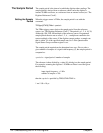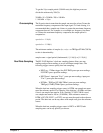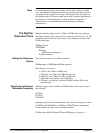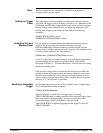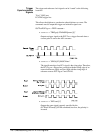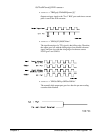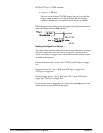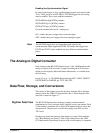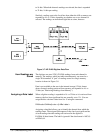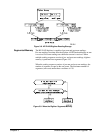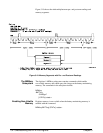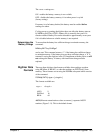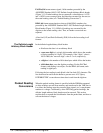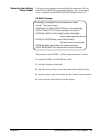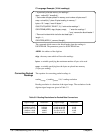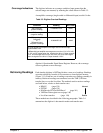
to 16-bits. When both channels readings are selected, the data is expanded
to 32-bits; 16-bits per reading.
Similarly, readings sent to the Local bus from either the A/D or memory are
expanded to 16- or 32-bits, depending on whether one or two channels is
selected. The readings are transferred eight bits at a time, however.
How Readings are
Stored
The digitizer can store 512K (524,288) readings from each channel in
memory. The readings, which are taken simultaneously, are stored as a
single 24-bit number. A "pair" of readings stored in a single memory
location is shown in Figure 3-8.
Data is not available to the user in the internal storage (12-bit) format
shown. Instead, readings retrieved from memory are expanded to 16- or
32-bits (see "Retrieving Readings from Memory").
Assigning a Data Label When a digitizer reading is expanded to 16- or 32-bits as it is retrieved from
memory, the four least significant bits are normally set to ’0’s. You can
assign the bits a decimal value from 0 to 15 using the command:
DIAGnostic:CHANnel[<
chan
>]:LABel <
label
>
Assigning a data label allows you to identify the channel from which the
readings came. The assigned lable appears in the four least significant bits
of each reading when the readings are retrieved in the digitizer’s
PACKed,16 data format. The label is ignored if the data format is ASCii,9
or REAL,64.
Figure 3-7. HP E1429 Digitizer Data Flow
130 Understandin
g
the HP E1429 Di
g
itizer Chapter 3



